What Society Thinks Is a Perfect Body Drawing
How Women's 'Perfect' Trunk Types Inverse Throughout History
How practice we determine what makes a person beautiful? Though it might seem like the standards of dazzler we have today must be historically universal, really the opposite is truthful. The "perfect" female person (and male person) body has greatly inverse over the years, even though the foundation of the female form has stayed the same.
And then, next fourth dimension y'all feel similar your own body might exist less than perfect, simply remember that "perfection" is an imperceptible ideal, spring to change and transform — looking stunningly different from one generation to the adjacent.
The Paleolithic era
One of the earliest examples of art that'southward ever been discovered, is also a primitive symbol of an idealized adult female. And she doesn't look at all like the models of today. The Venus of Willendorf — a statue crafted somewhere betwixt 24,000-22,000 BCE — is a paradigm of fertility.
This girl goes way beyond curvy. In fact, she's a picayune on the heavy side. Featuring large breasts, large hips and a good for you stomach, it's articulate that a good trunk equalled ane that could conduct many children. The model has no face — pretty optics, or vivid cherry lips were clearly not a priority at the time. A big healthy trunk was all that mattered considering you were your ain method of survival. You couldn't bat your long lashes at a mountain lion to make it go away, you had to exist strong!
Equally a piece of art, it's likely that this effigy is greatly exaggerated from what the women of the era actually looked similar, but that further proves that "voluptuous and well-nourished" was the platonic 25,000 years agone.
Aboriginal Greece
The Greeks were defining beauty literarily, thanks to 8th-seventh Century BC writer Hesiod, who "described the first created woman merely every bit kalon kakon, [which meant] 'the beautiful-evil thing'. She was evil because she was beautiful, and beautiful because she was evil." Existence a hot guy back and so? Lucky! Being built-in a bombshell Grecian lady? Non and so much! Ancient statues testify us artists' idealized form, which for women featured largish hips, full breasts, and a not-quite-apartment stomach. But the Greeks were defining more than merely "beauty" — they were nailing down the math of attractiveness.
Plato gets the credit for originally endorsing the Greek-born "gilded ratio," equally the bar by which all beauty is subconsciously judged, but it was his colleague Pythagoras, who came up with the ratio for beauty — in faces, and in nature. (Remember the Pythagorean theorem? That.) Put but, he institute that in order to be considered "beautiful", women's faces should exist ii thirds equally broad as they are long, and both sides of the visage should exist perfectly symmetrical. Symmetrical faces continue to exist regarded as more beautiful today, so send your detest mail service to "P'thag" if you're rocking — and owning — that disproportion.
The early Renaissance era
The artists of the Renaissance wanted to move abroad from the modesty and strict religious values of the Middle Ages. Then from 1300-1500, they started painting naked breasts that symbolized a mixture of fertility and sensuality.
The idealized women of artists similar Raphael were commonly curvy, pale but with slightly flushed cheeks, and soft, round faces. Raphael admitted that most of his paintings were not based on existent models, simply his imaginings of what a beautiful adult female would look like. This was true for many painters. With the Renaissance began a transition — from simply considering women to be objects of fertility, to objects of lust and beauty.
The Elizabethan era
Queen Elizabeth was crowned in 1558, ushering in the era of makeup. Having derived from a society, which, according to one Harvard paper, deemed a woman with a face-full of makeup to exist "an incarnation of Satan," the 25-yr-one-time queen liberally slapped on the face paint — and that signature red lip. This trending makeup routine quickly became a symbol of class at the time. The paler you were, the higher your condition. Poor people had to work outside and go terrible tan lines, so the wealthy would prove off their pale pare every bit a symbol of opulent indoor living.
Also wanting to maintain her virginal paradigm (and later on hibernate her smallpox scars) in addition to flaunting her status, Elizabeth painted her confront with a thick coat of white lead-based powder, and lip rouge. Members of loftier social club followed adapt, likely due to the conventionalities that lipstick "could work magic, possibly even ward off decease," according to the paper. Not i to bail on her own brand, Elizabeth died, wearing "a half-inch of lip rouge" on her frown.
Mail French revolution into the late 18th century
After the French rebelled against the elite during the French Revolution in 1789, the people wanted to altitude themselves from their disgraced royalty. Makeup became much simpler and the insanely ornate gowns of the very rich were paired down. Though their dresses would seem pretty fancy for u.s.a. today, information technology was a much more wearable and mobile way of dressing than in the by.
Before the revolution, makeup was worn equally by men and women. As the idea of "artifice" found aversion in lodge, both sexes opted for more than natural looks. Just as memories of the revolution began to fade, and the country entered the 19th century, makeup for women in court gained popularity again.
Though it was yet criticized by some, the art of putting on makeup and getting dressed for the day became a sort of show that coquettes would perform for potential admirers. Elite women would literally invite spectators to watch them primp in various states of undress. Men were into information technology. But makeup for men stayed generally unpopular, becoming a criterion for the separation of women and men in club: information technology labeled a adult female's looks and sexiness as her greatest virtue.
Victorian era
By the time Queen Victoria earned her crown in 1837, The British Library reported that "modest, ringletted prettiness was 'the look'.... Bell-shaped skirts known as crinolines became wider and wider, needing ever more petticoats, and fifty-fifty hooped supports." And, according to The BBC, ladies were getting in formation "in the home, as domesticity and maternity were considered by gild at large to be a sufficient emotional fulfillment for females." The pale, delicate, weak look was all the rage. No item body part was emphasized — just and then long as a women didn't look likewise hearty or strong. According to artist and researcher Alexis Karl, "Consumptives were thought to be very cute." Who knew that dying of tuberculosis would make you the hot chick?
Makeup of the fourth dimension was also incredibly dangerous. Lead, ammonia, mercury, and nightshades were mutual ingredients. And the Victorian'southward weren't completely ignorant of the effects of these poisons. Women were but willing to toxicant themselves in guild to look more beautiful. Of class, male person-dominated desire favoring weak, submissive women sparked the trend, so it wasn't similar ladies all decided to kill themselves to look pale just for the heck of it.
The plow of the century
The 1890's brought about the Gibson girl. The Gibson girl was an illustration past Charles Gibson that defined a beautiful woman of the age. From the plow of the century to the beginning of World State of war I, women everywhere tried to match the cartoon. She was stake, though not every bit powdered as previous years. She wore a tight corset, but the dresses were cut to evidence more than of her figure (her real effigy — plus a hurry of course).
A large bust was preferred, and, though information technology was withal pop for girls to expect a little soft and round, the trend towards a thinner ideal was commencement. The Gibson girl wasn't really a real person, but Evelyn Nesbit, considered to be the world'southward outset supermodel, was the closest match. Merely it was a instance of yet another standard of dazzler invented by a human'southward drawing, rather than inspired by any existing woman.
The 1920s
Past the end of the 1910s, many women were hit the workforce during Earth War I. And afterward the war? They weren't almost to surrender all that independence. In 1920, women scored the right to vote — and they weren't going to take the piled-up hair and corsets anymore! Flappers brought nearly a consummate change in way and body blazon. Since they were gaining a taste of men's ability, the ideal women'due south torso became a more than boyish figure. For the beginning time, the curvy, fertile look was completely out. Girls wanted to look thin with no curves, and they were chopping their hair.
Skirt hemlines were hiked up college than always, allowing women to motility, trip the light fantastic toe, and finally have some fun. The flip side of the flapper movement? It'due south where our serious modernistic obsession with weight began. Before the '20s, it was difficult to counterbalance yourself unless you were very rich. Full length mirrors were also incredibly expensive, so only the wealthy had ever fifty-fifty seen their entire bodies. But, every bit bathroom scales were invented, it became very simple to notice exactly how thin or big you were. The rise of section stores also gave working grade women a hazard to finally come across all of themselves at once. That also meant they could see all of their flaws, thus igniting our contemporary version of body obsession.
The '30s and '40s
Unfortunately for flappers, the '20s concluded badly and the Great Depression fabricated style an afterthought. Most women weren't able to worry most having a skinny effigy and the perfect dress, so the ideal body blazon became slightly more full.
Because of a lack of resources, so the rationing of Earth War II, women had to become artistic with their clothes. They would rework men's suits into women's attire. That brought about the padded shoulder look (not quite to the '80s extreme, but close), creating a sharp hourglass effigy. Women were recovering from years of a terrible economic system, along with nutrient rations for the war, and the platonic torso blazon mirrored that. Nobody wanted to expect stick thin — information technology seemed as well close to starving — but a voluptuous figure was also unrealistic for the fourth dimension.
The '50s to early '60s
The depression and World State of war II were history, and America was making a lot of money for the kickoff time in years. People were in the mood to celebrate, and with that indulgence came a slightly fuller figure. The hourglass figure was sought afterward and having a large bust was strongly encouraged.
Now, a lot of people think that the sex symbols of the '50s would exist considered plus sized now. Though they are certainly heavier than the models of today, the motion picture stars were still very thin — they simply had boobs. About of the glamour girls of film had a BMI between eighteen.8 and twenty.5, much lower than the average women'south BMI of 23.6. So, even at a modern time where the platonic woman was a little bigger, she was still thinner than most real girls. In this newsreel clip from the early '60s, a town holds a "Miss Fatty and Beautiful" contest. To modern ears, information technology's pretty shocking to hear a bunch of ladies beingness openly called "fatties". And by today's standards, these women aren't that big! Clearly, the demand for thinness has been around for quite a while.
The late '60s to the '90s
Past the '60s, the culture began to shift. People weren't happy just to take a business firm and car, sitting at home every bit a housewife. Young people rebelled against the constricting ways of '50s, and with Twiggy becoming the nigh famous model of the age? Thin was (back) in.
The '70s saw greater freedom for women, merely skinny was still the platonic. Farrah Faucett may take had a larger bust than Twiggy, merely she was yet rather petite. Makeup and mode tilted toward a more natural wait. Looks weren't as bold equally the swinging '60s and hair was worn natural and very long.
When the '80s rolled around, the Supermodel era began. Women were meant to be tan, tall, thin, but slightly athletic. Hips got much smaller, though large breasts were withal the rage. Women were influenced more by models than actors for fashion and trunk trends, while models continued to be wildly thinner than the average person.
Just when it seemed similar the ideal body couldn't become whatsoever thinner, in came the '90s. Kate Moss came forth to give Twiggy a run for "skinniest model of all fourth dimension". The Brit model with a BMI of sixteen and that famous "heroin chic" look became pop. Funny that both the '90s and the Victorian era modeled good looks after people who were, quite literally — dying. With waif models in vogue, the '90s presented the thinnest feminine ideal in history.
What actually is 'perfect'?
Luckily we're stepping into an age where the media is beginning to celebrate diversity of race and trunk type — though there'due south still a long way to become. Before New York Style Calendar week 2017, the Council of Mode Designers of America sent out a memo to remind designers to seek out salubrious models and a wider range of types saying, "New York Fashion Week is as well a celebration of our city's diversity, which we promise to run into on the runways."
The affair to recall is most of the historical standards of beauty were based on a drawing or a painting of a man's fantasy! Nowadays Photoshop has the aforementioned result, making already-petite models await unattainably perfect. You can't peradventure live upward to a fictional piece of art or a masterfully altered photograph. Since standards have inverse then much over history (just try to wear big 80s hair and makeup to look hot today), it proves that these standards are really just temporary ideals.
If your torso isn't considered "perfect" today? Who cares! "Perfect" is an illusion that no i can attain. So, be happy with the body y'all accept and gloat all the things that make upwardly your gorgeous, imperfect self.
alfarosmingthengs.blogspot.com
Source: https://www.thelist.com/44261/womens-perfect-body-types-changed-throughout-history/

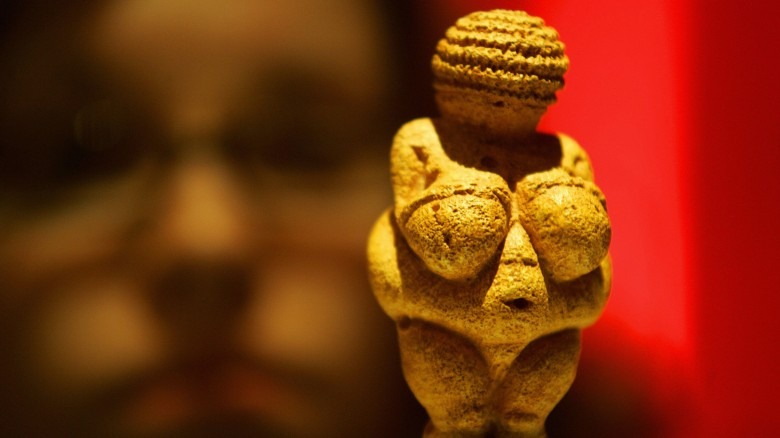
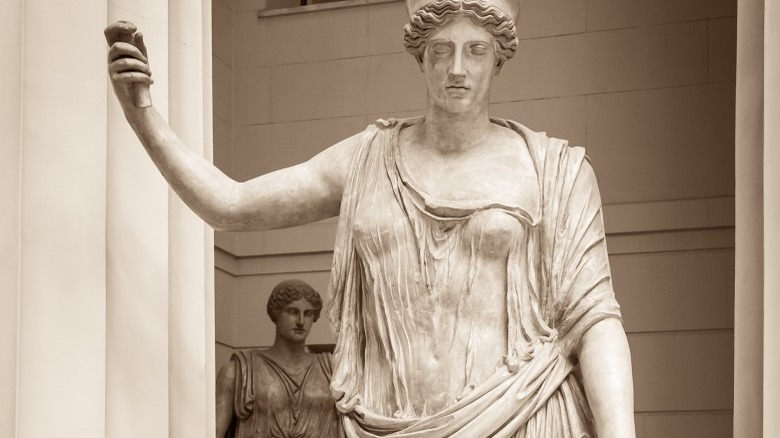
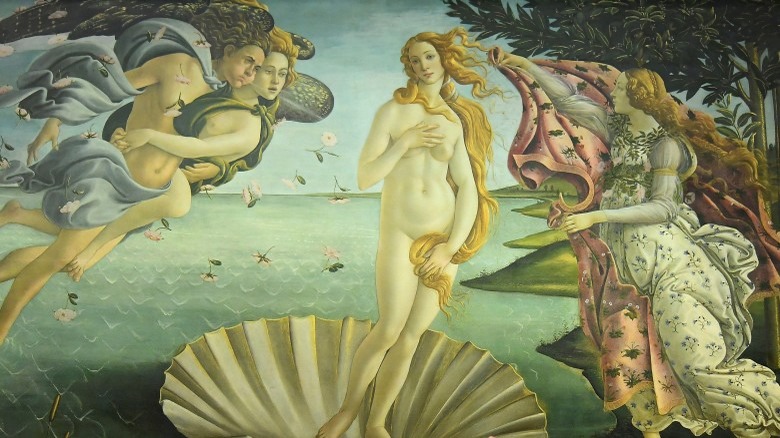
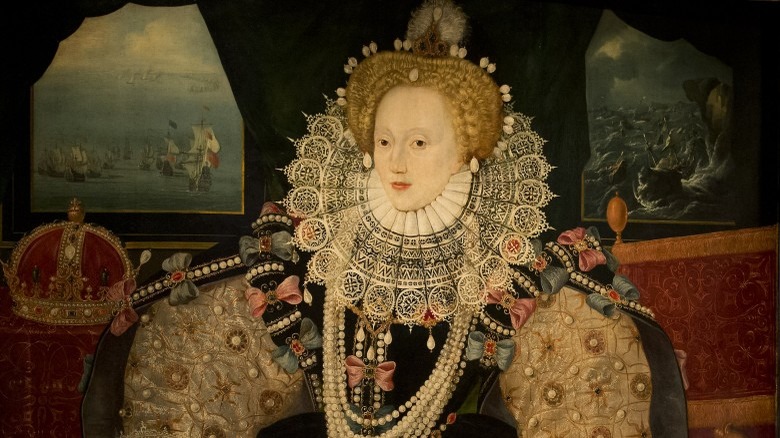
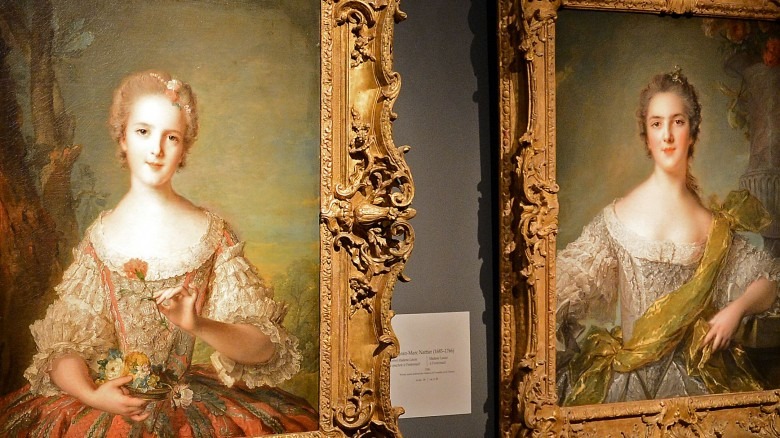
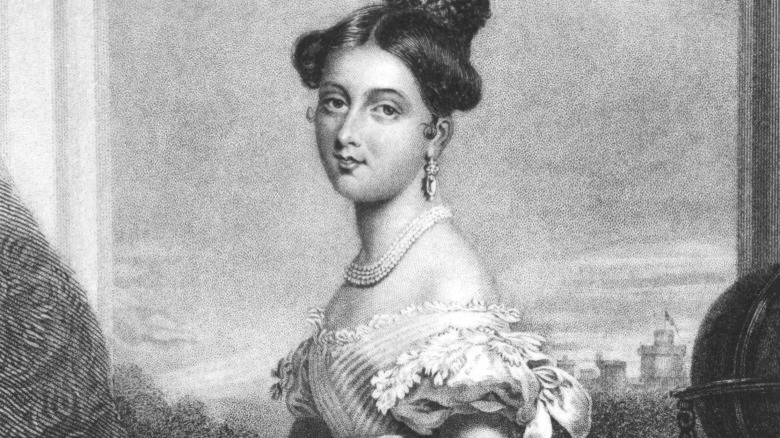
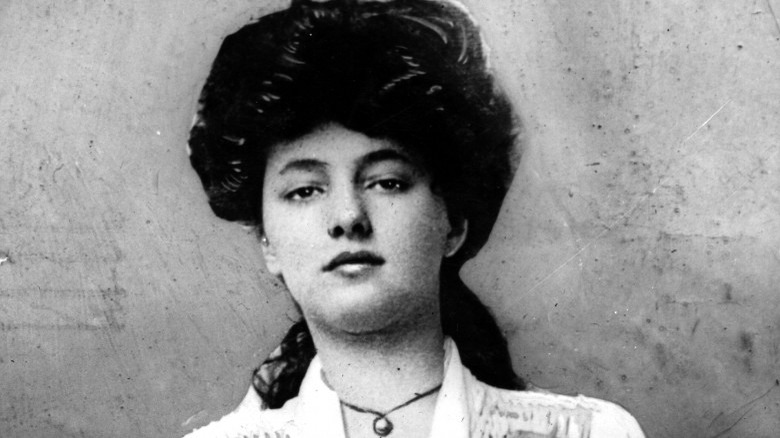
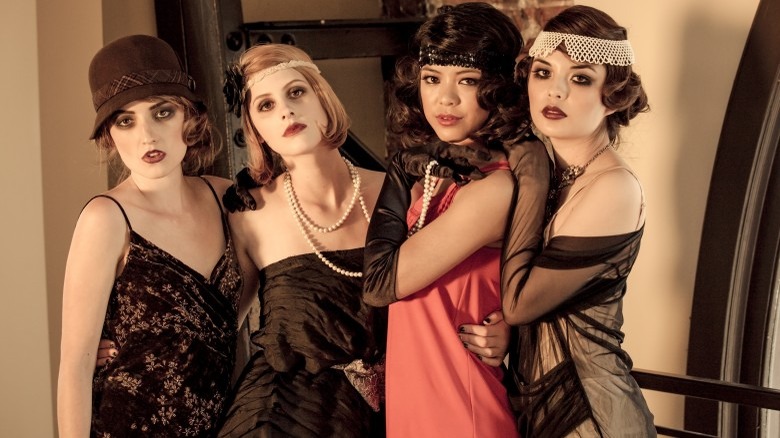
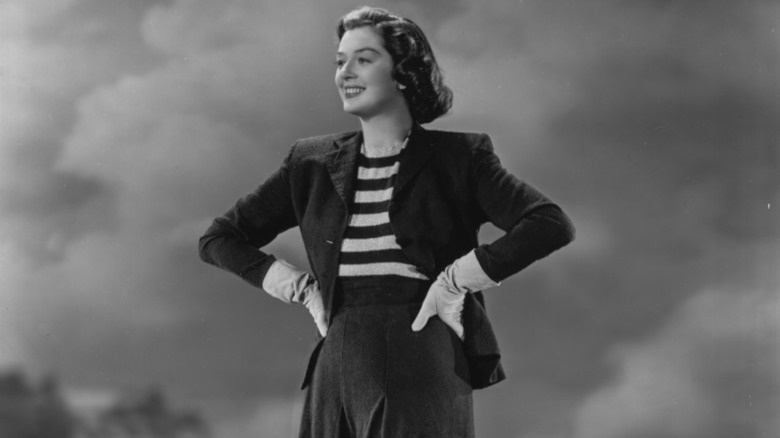
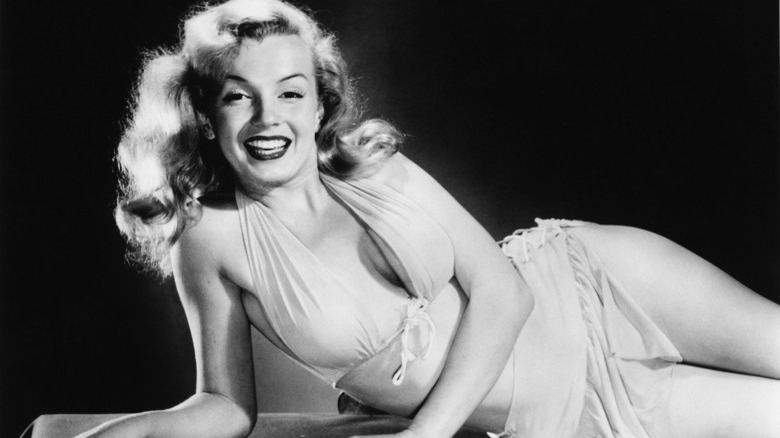

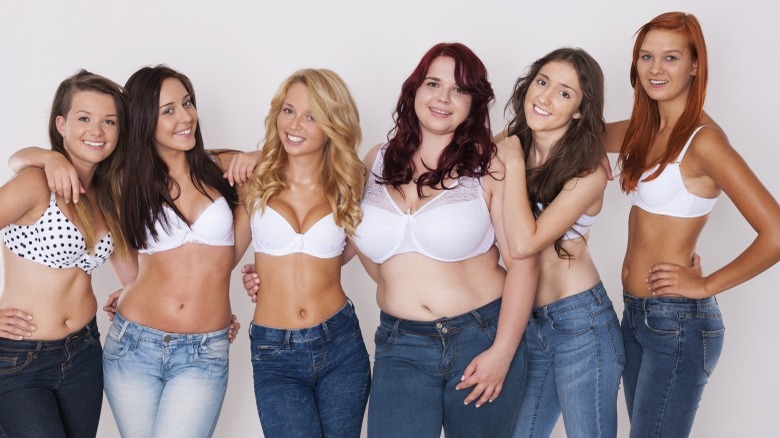
0 Response to "What Society Thinks Is a Perfect Body Drawing"
Post a Comment